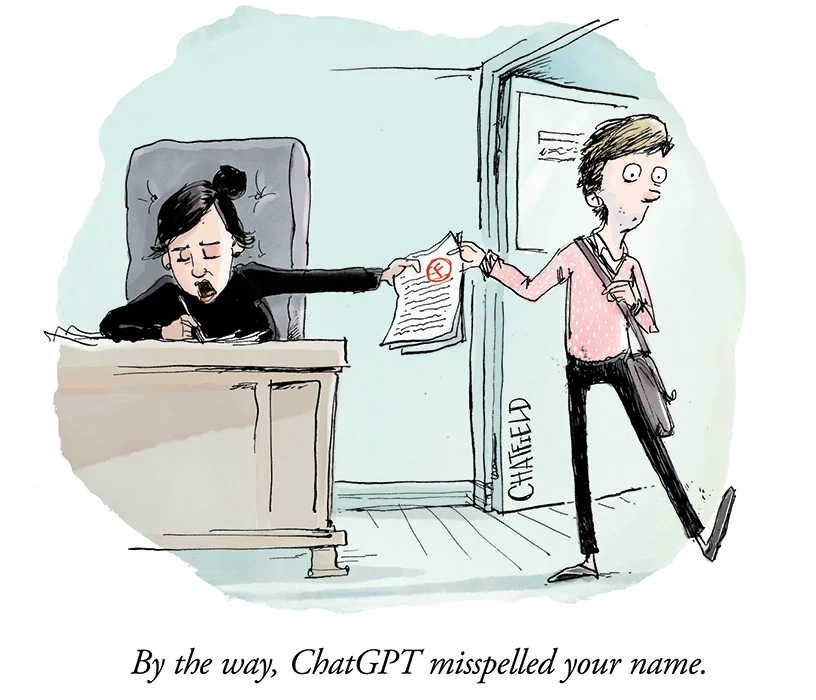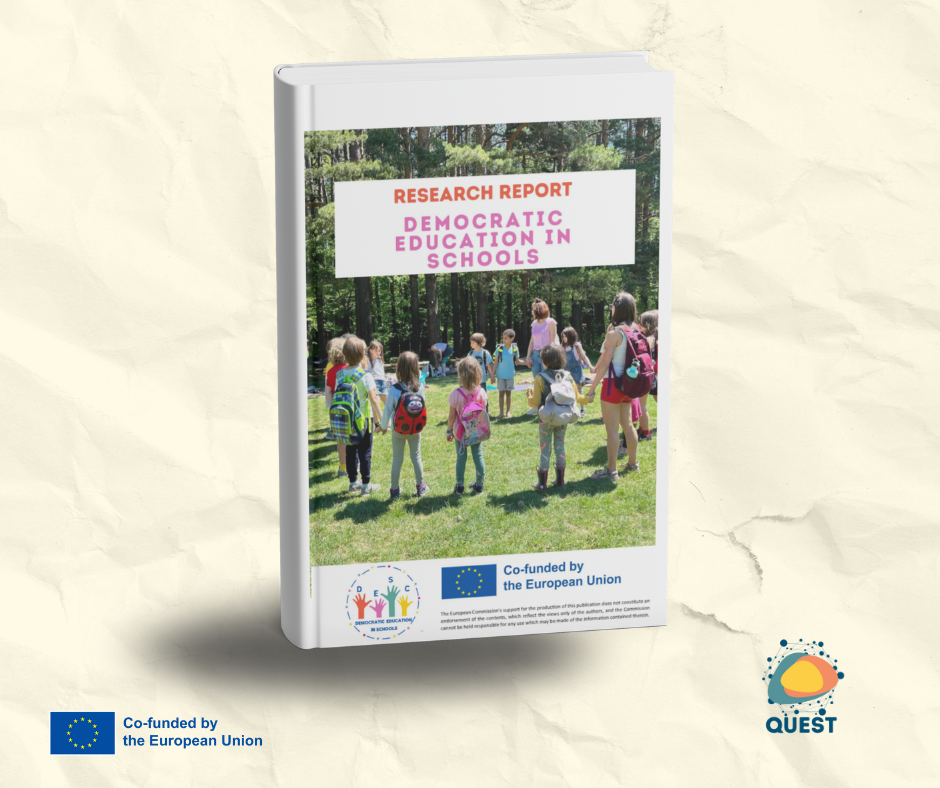The 21st century has brought us algorithms capable of organising our social interactions and Artificial Intelligence (AI) systems so intelligent they could (almost) write this article. Unsurprisingly, when they get involved in the learning process, they meet with both enthusiast defenders and worried critics, while users, policymakers, educators and researchers face up to its disruptive and transformative potential.
We seek here to ask not just whether but how AI can exist within education, particularly in ways that ensure the values of sustainable and democratic education and the radical inclusion of all in learning.

Picture credits: Jason Chatfield
The Promises of AI in Education
Proponents of AI in education highlight its capacity to make learning more personalised, provide targeted support, and enhance administrative efficiency. Tools such as adaptive learning platforms and automated grading systems, for instance, could offer tailored support to students, particularly those with disabilities. Additionally, they could free educators and accompanying figures from routine tasks, enabling them to concentrate on the creativity, personal motivation and active participation of their students.
In short, success stories often underscore AI’s open and inclusive potential: its ability to empower students from diverse learning and socio-economic backgrounds by offering access to curriculum resources and opportunities that were previously out of reach. While at the same time enabling educators to diversify their teaching methods and effectively identify and address gaps in student understanding.
The Risks : Biases, Exclusion, Agency, and Ecological Viability
The thing is, AI systems, like all technologies, are not neutral, but are shaped by economic and cultural pressures and often reflect the biases and the priorities of those who design and deploy them. These biases are further reinforced and obscured due to a lack of transparency and accountability in algorithms, which have prompted decision-makers to call for a slowdown in the use of AI in education, before robust data governance frameworks are implemented.
The main reasons behind the calls for vigilance include :
- The potential for AI to amplify inequalities, as algorithms trained on biased data that remains unchecked may reinforce stereotypes and disadvantage already marginalised groups. Moreover, reliance on AI risks creating a two-tiered system, where students in well-resourced schools benefit from cutting-edge tools while those in underfunded institutions are left behind.
- Privacy considerations and the ethical handling of data, as AI systems often rely on vast amounts of student information, raising questions about who owns this data and how it is used.
- Reduced human interactions and the neglect of nuanced values that cannot easily be transmitted or embodied by AI, like empathy, cooperation, emotional intelligence, as well as collective decision-making and critical democratic participation in schools.
- And finally, the measurable ecological impact of AI tools like ChatGPT, with energy-intensive data centers consuming significant electricity and water and emitting CO₂ (approximately 0.27 kilograms of CO2 equivalent per request, or almost one tonne of CO2 per year for ten requests per day for the latest model of chatgpt).
Democratise Learning About AI, not just With AI
Now, beyond the pros and cons, and given the sometimes inevitable integration of AI into classrooms, education systems must foster open and participatory AI discussions — equipping children and youth with the knowledge to understand how AI systems work, their limitations, and their socio-ecological implications. Indeed, this is essential to prepare them for critical and active participation in increasingly AI-driven societies. In this aspect, and as Europe navigates the integration of AI in education, transparent collaboration across governments, research and educational institutions, the tech industry, and above all the young people concerned, is crucial.
Ultimately, the role of AI depends on how it is integrated into education philosophies and practices. It can remain a powerful but limited tool, as long as the emphasis continues to be placed on the emancipation of learners from a young age from all hegemonic systems, including technological ones, and as long as priority is given to securing a livable future for them. In other words, AI may help streamline processes, expand access, and offer tailored support, but it cannot replace the human connections and ethical deliberations at the heart of education. Whether it becomes a force for radical inclusion and democracy or another mechanism of exclusion and control will depend on the education frameworks we choose to defend.




